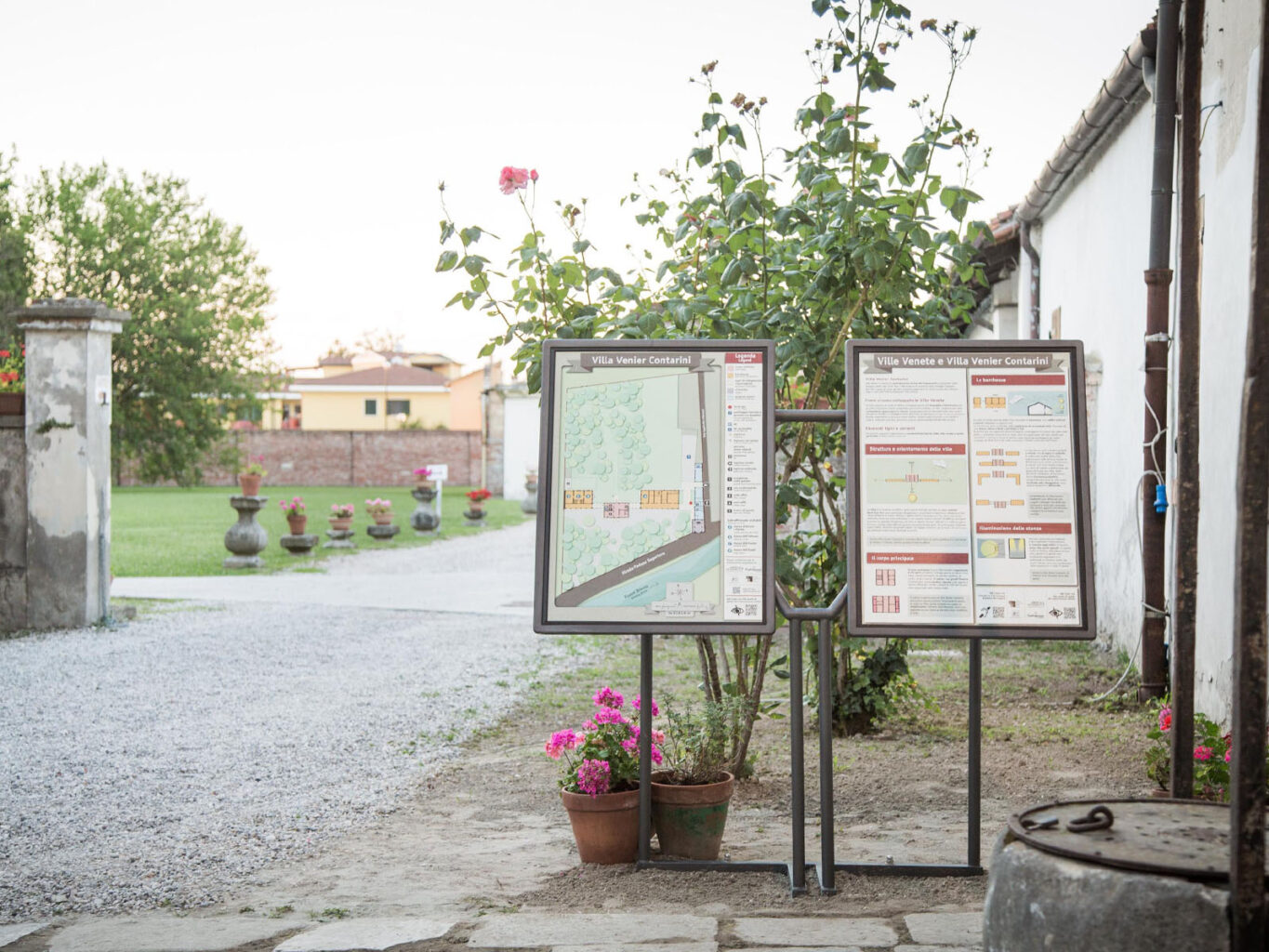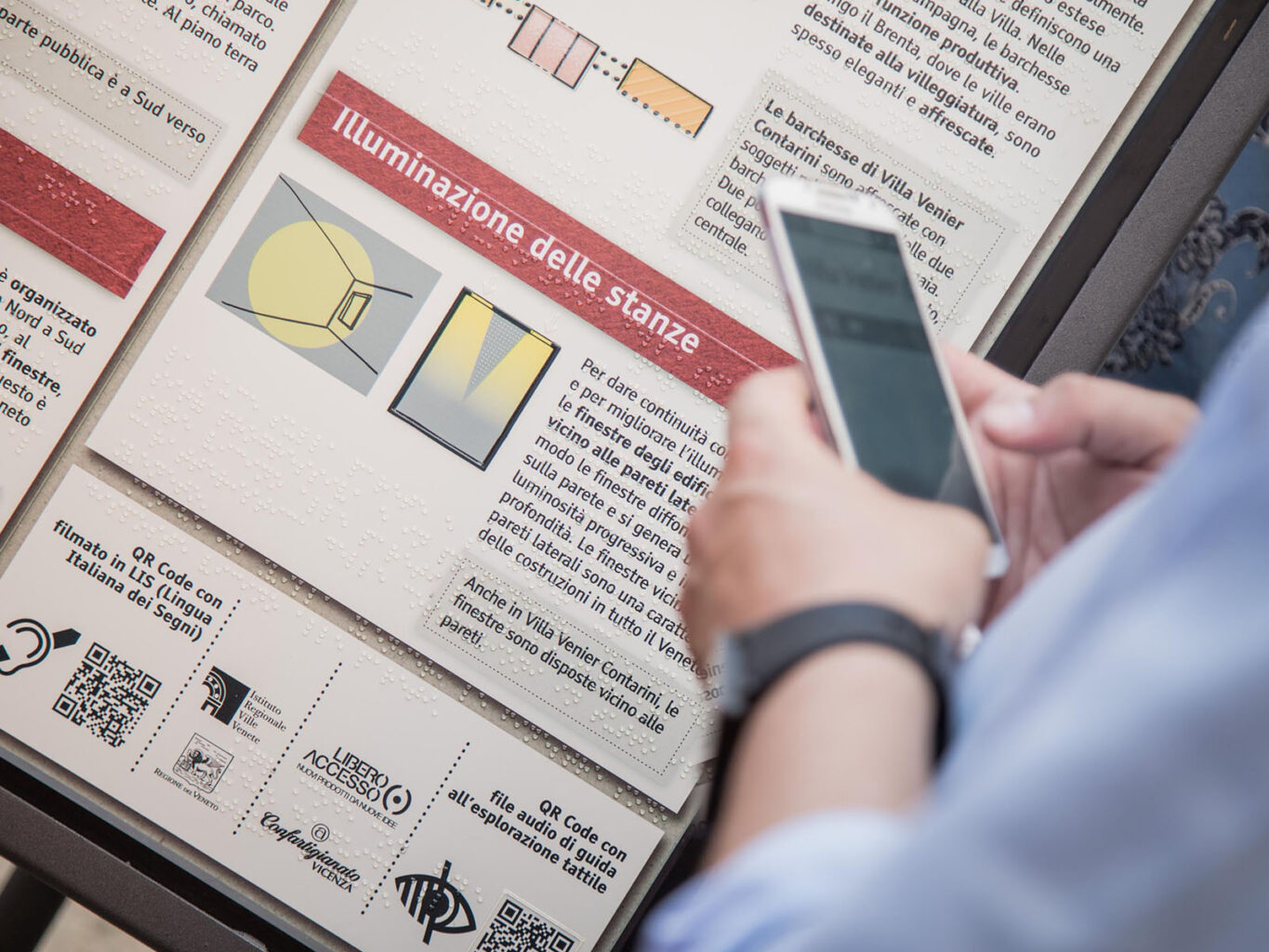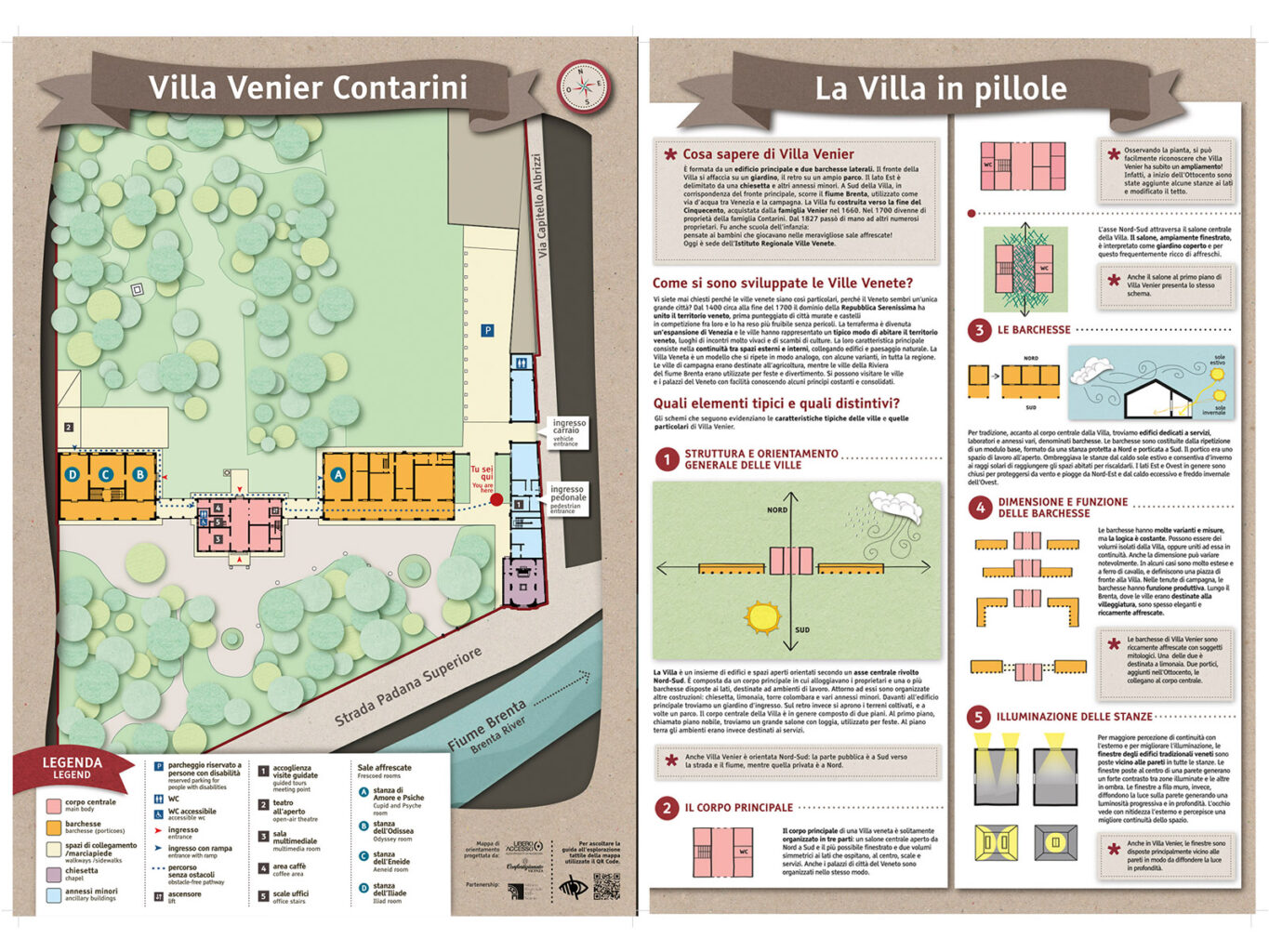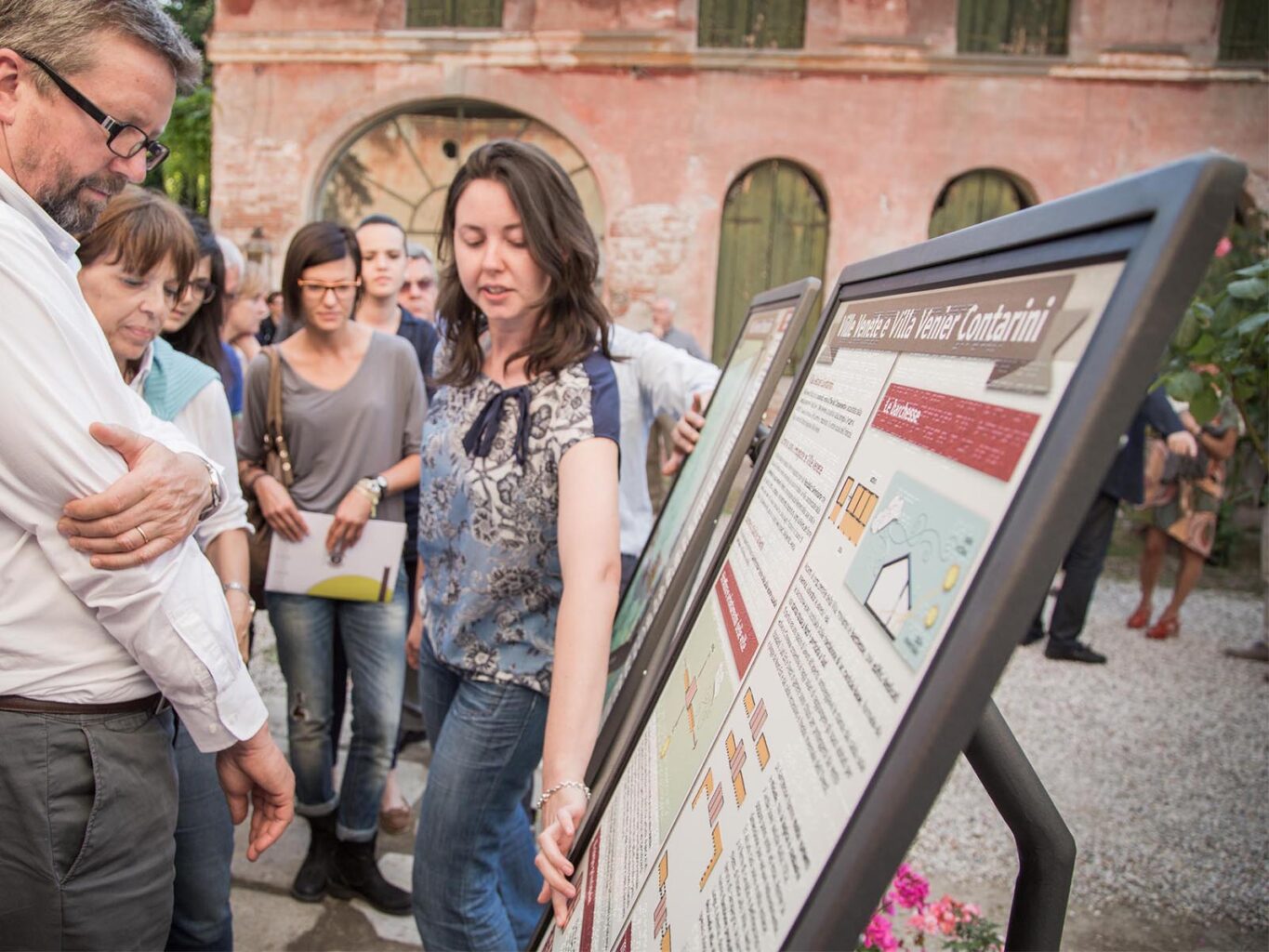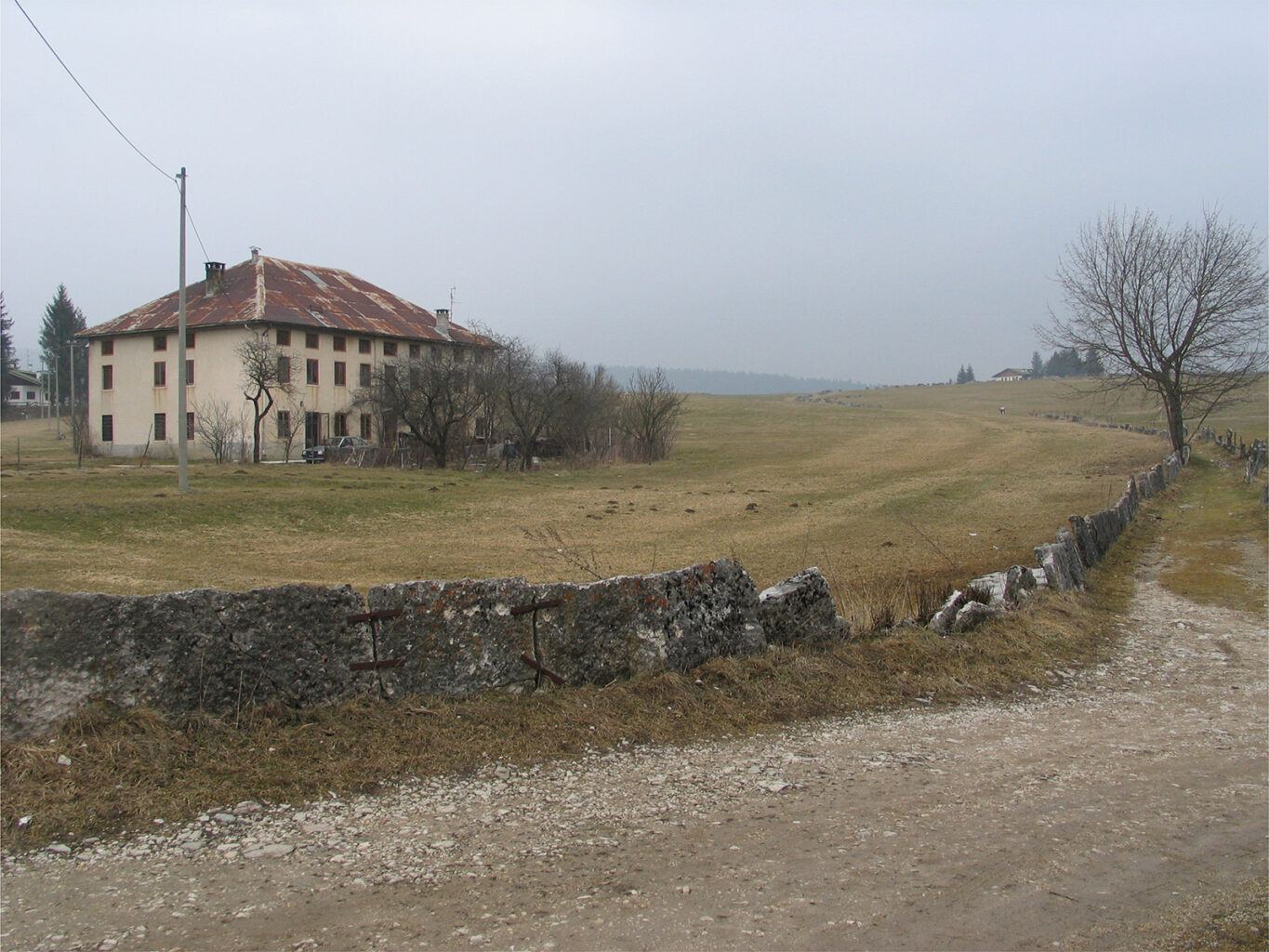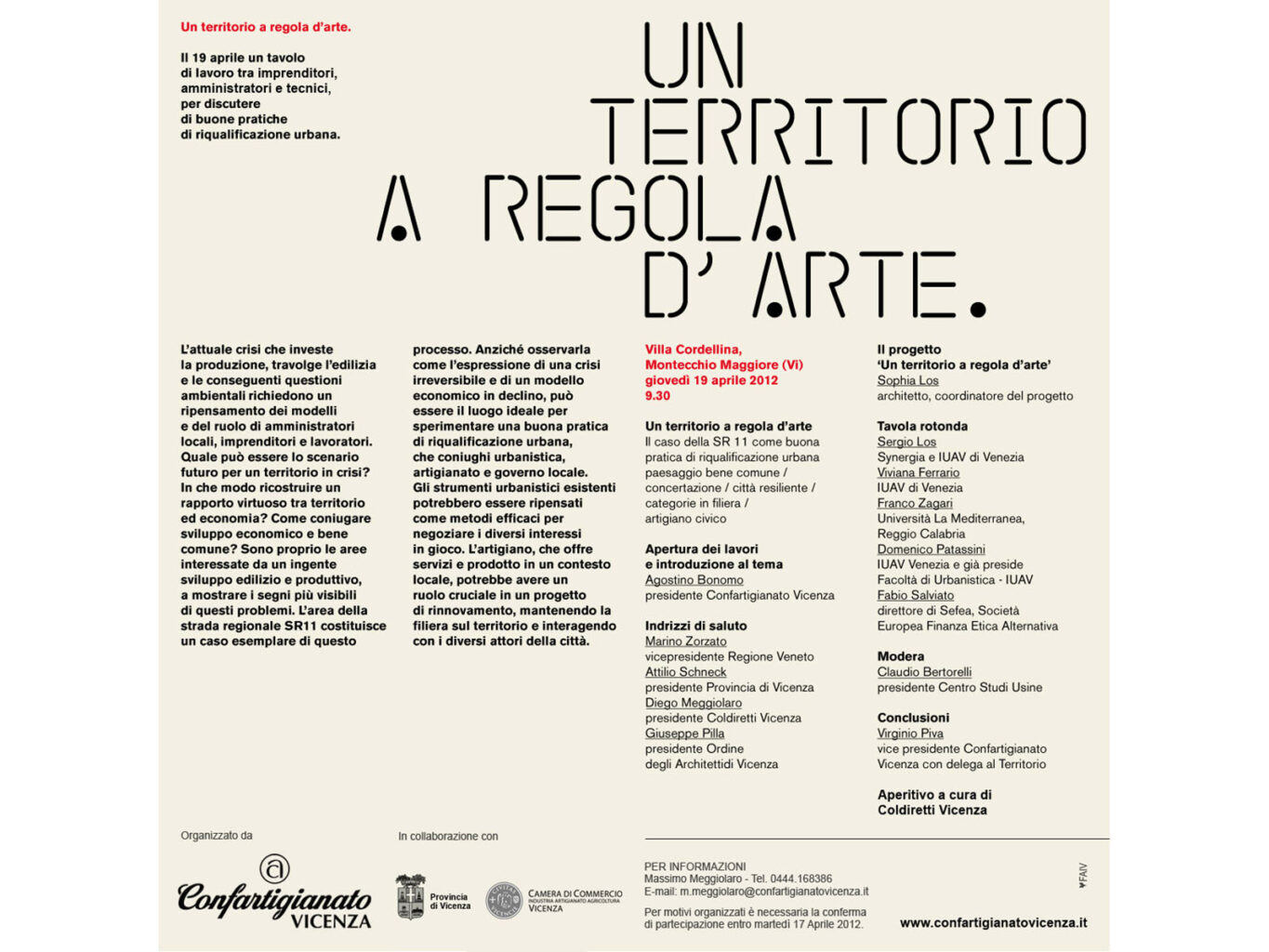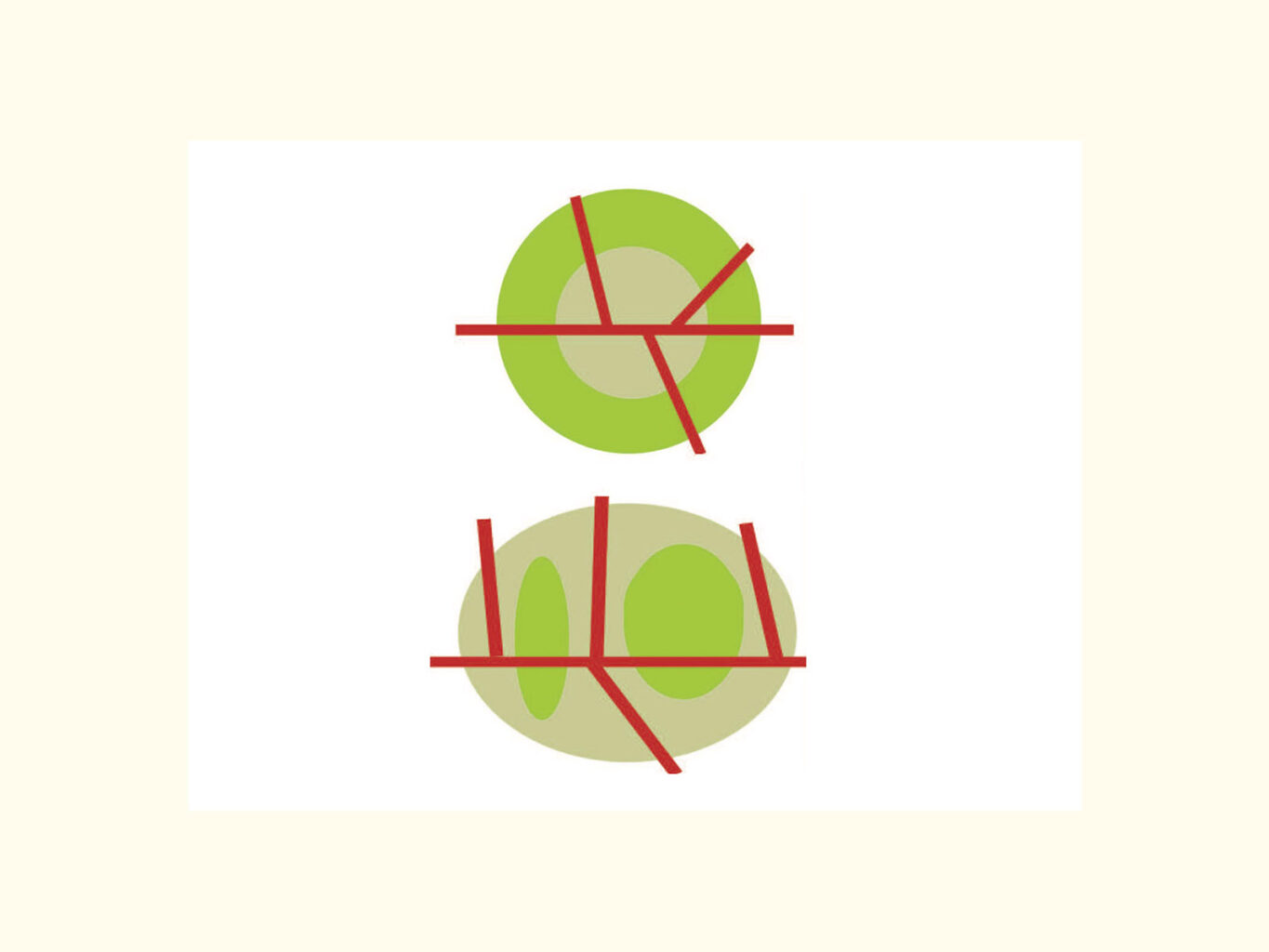programme: inclusive multisensory and multimodal communication of a villa of the veneto region.
client: istituto regionale ville venete, confartigianato vicenza
team: libero accesso/confartigianato vicenza, sophia los
city/area: villa venier – mira (VE), italy
status: completed, 2014
A Multidisciplinary project on the “visit for all” system for the Ville Venete Institute in Villa Venier. Creation of a multisensory and multimodal map. Libero accesso – Confartigianato Vicenza and Regional Institute Ville Venete. with: E.Cunico, M. Tomasin, F. Barufatto, M. Stocco. With the professional support of P. Barcarolo, Ca’ Foscari University (Venice) and Associazione Lettura Agevolata (Association for Accessible Reading). Presentation event at Villa Venier, 19th June.
Presentation of the Free Access to the Villa project at the Ville Venete Festival held at Villa Manin in Passariano (UD), 16th September.
Libero Accesso® is a project aiming towards economic growth promoted by the trades association Confartigianato Vicenza. The programme stimulates the creation of innovative products through a contest for teams who will follow the rules of participatory design, engaging end-users in the process itself.
This system centres users as per the principles of “design for all”: the goal is devising relevant and innovative solutions that are geared towards a broad audience, and as such, suitable for a large number of consumers.
The multidisciplinary project on the “visit for all” system for the Ville Venete Institute in Villa Venier includes creating a multisensory and multimodal map.
The 2013 edition of Libero Accesso® takes up the challenge and embarks on the creation of a “visit for all” system for a heritage site, thus responding to our consultants and social reps’ desire for better orientation systems in public spaces.
The shared goal of this experimentation is to think and interpret the Villas of Veneto as “inclusive spaces” that are open and responsive to diversity, comfortably and safely welcoming people with various kinds of needs and degrees of freedom.
The commissioners, represented by IRVV’s president Giulia Fontanella, requested a simple enough plan to be replicated elsewhere as well. The team prepared a multisensory and multimodal orienteering map, following the “design for all” principles, facilitating visitor interaction and understanding of the Villa. We identified several hypothesis and tools. Still, the central question driving the whole project was: who are the people visiting Villas? And more importantly, what are they expecting to see and why? The answer we picked as a guideline for this task was: the visit can offer the experience of living in the style of the Veneto region.
Presentation: Villa Venier, June, 19th
Presentation of the Free Access to the Villa project at the Ville Venete Festival held at Villa Manin in Passariano (UD), 16th September.
Project presentationduringthesymposium “Accessibilità per le disabilità sensoriali nei musei e in ambito culturale”(Museums and cultural sector accessibility for sensory disabilities), Ca’ Foscari University, 18th November 2016.










